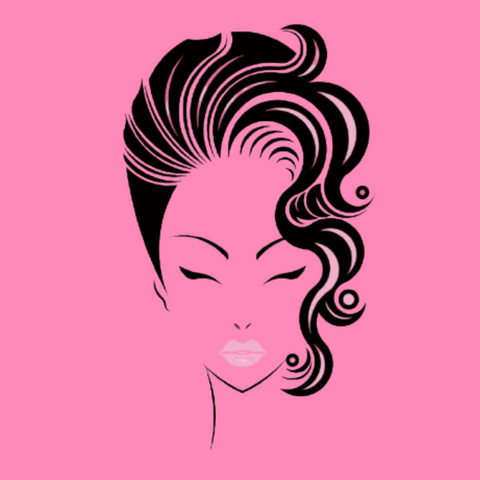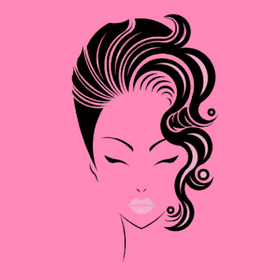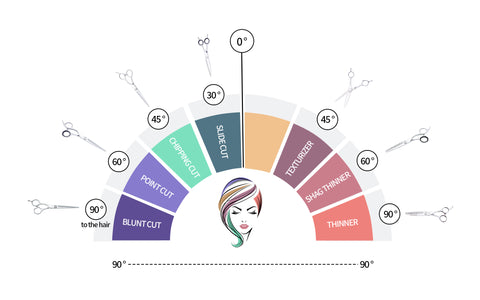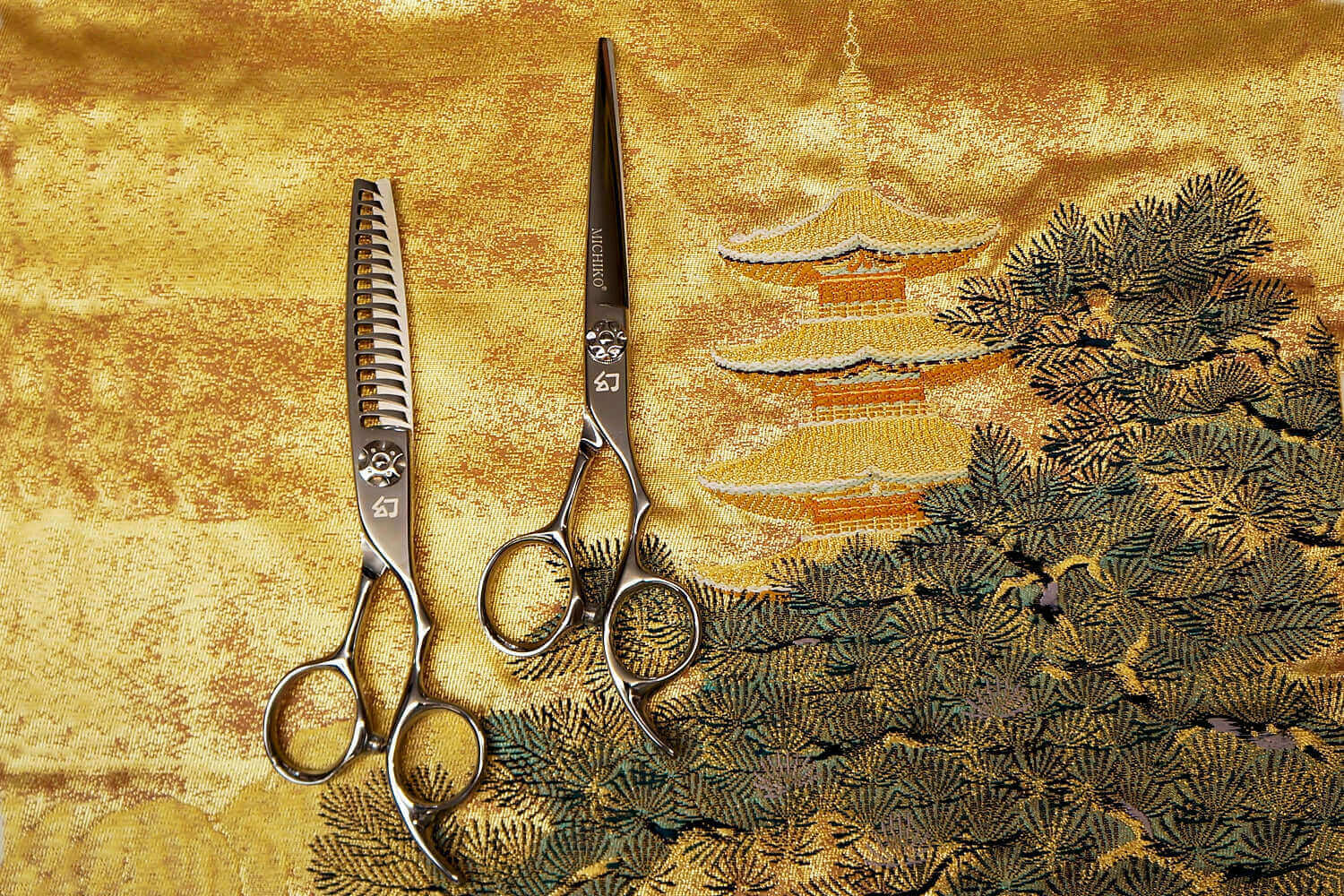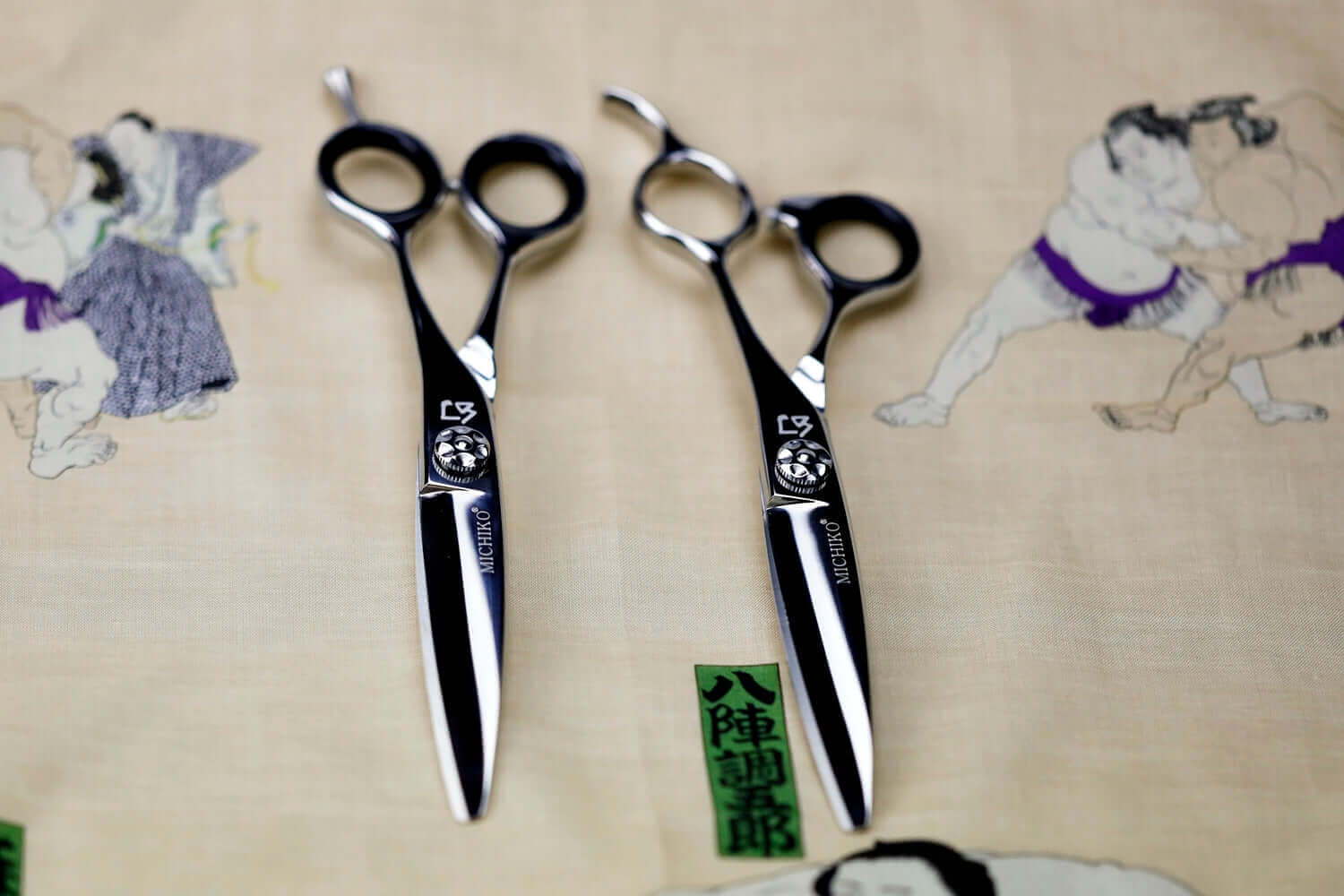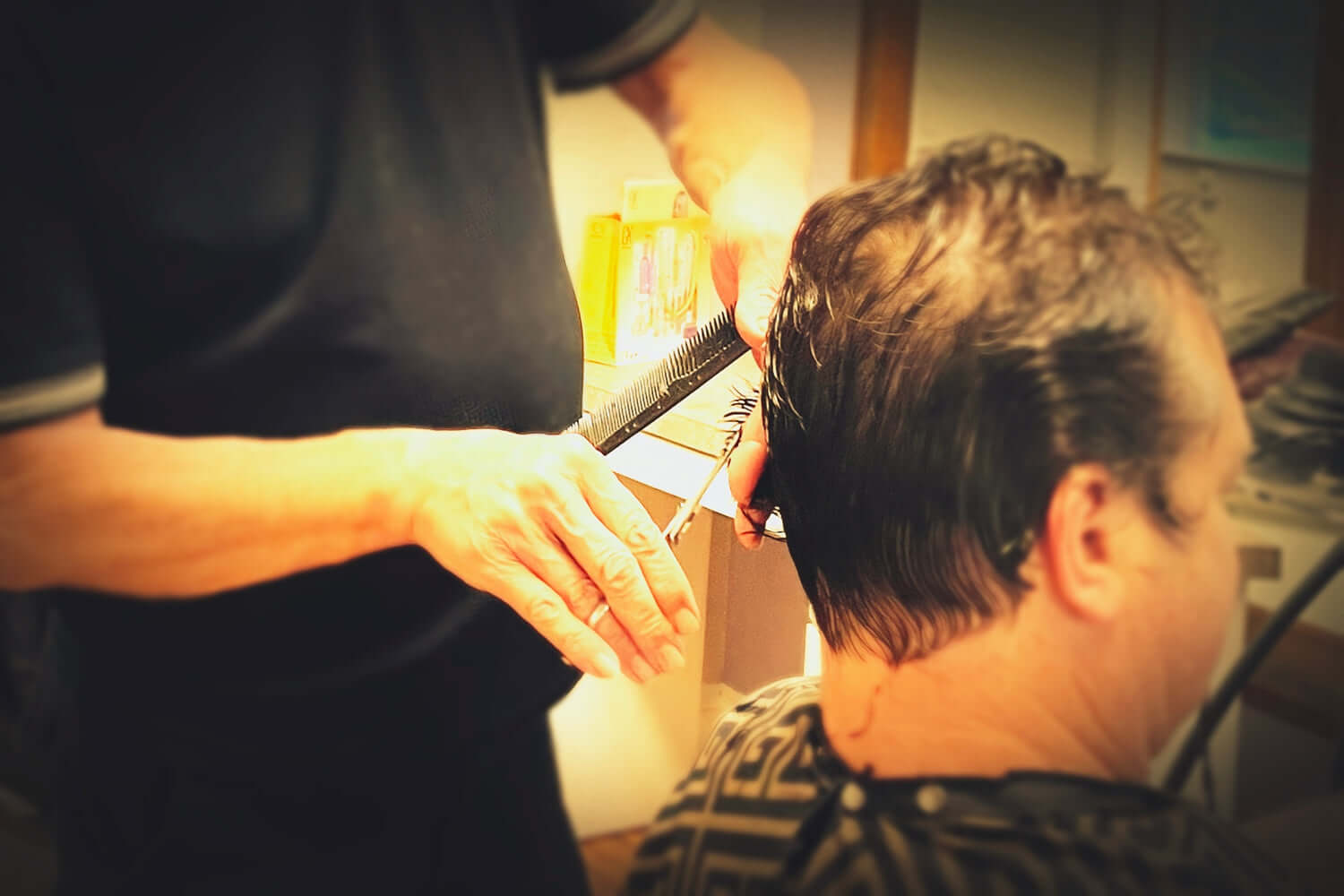Forged for Precision: Choosing Between Forged and Cast Hair Shears Like a Pro

If you're a stylist or barber investing in new shears, you've likely seen the terms forged and cast. These words refer to how the scissors are made—and that process can significantly affect how the shears feel, perform, and last.
In this guide, we’ll break down the differences between forged and cast shears, their pros and cons, and which type is the better investment for professional hair cutting.
What Are Forged Shears?
Forged shears are made by heating high-quality steel and hammering it into shape. This process realigns the grain structure of the metal, making it stronger and more durable.

🔧 Key Benefits of Forged Shears:
-
Stronger, denser metal for long-term durability
-
Holds a sharper edge longer
-
Better weight balance and feel in the hand
-
Easier to service or repair (e.g., rebalancing, sharpening, adjusting tension)
Most premium professional shears are forged—for good reason.
What Are Cast Shears?
Cast shears are made by pouring molten steel into a mold. This is a faster, cheaper process often used in entry-level shears.
⚠️ Downsides of Cast Shears:
-
More brittle—more prone to chipping or snapping
-
Duller edge retention
-
Less responsive cutting feel
-
Difficult to repair—adjusting tension or alignment may cause breakage
That said, cast shears are usually more affordable and can work well as backup or beginner tools.
Forged vs. Cast: Side-by-Side Comparison
| Feature | Forged Shears | Cast Shears |
|---|---|---|
| Durability | High – dense, tough metal | Lower – more brittle, can chip |
| Edge Retention | Excellent – stays sharp longer | Fair – dulls faster |
| Repairability | Easy to adjust, sharpen, re-align | Risk of breakage if adjusted |
| Price Range | Medium to high | Low to budget |
| Feel & Balance | Smooth, well-weighted | Often light but less balanced |
| Best For | Professionals, long-term use | Students, casual/backup shears |
How to Tell If a Shear Is Forged or Cast
Not all manufacturers label this clearly, but here are a few clues:
-
Forged shears often have more visible craftsmanship—polished edges, smooth curves, and solid tension systems.
-
Cast shears may feel lighter, have visible seams or flaws, or feel hollow when tapping the blades.
If you’re unsure, ask your supplier or look for keywords like “hand-forged,” “drop-forged,” or “hot-forged” in the product description.
Which Should You Choose?
Choose Forged Shears if:
-
You cut hair professionally full-time
-
You want a long-term tool with premium performance
-
You plan to sharpen your shears regularly
-
You value balance, smooth cutting, and durability
Choose Cast Shears if:
-
You’re a student or beginner building your kit
-
You need an inexpensive backup pair
-
You’re experimenting with new shear types before investing in high-end tools
Final Thoughts
For professional stylists and barbers, forged shears are the clear winner in terms of performance, durability, and value over time. While cast shears may be suitable for beginners or backups, forged shears are the tools that grow with your skill—and protect your hands and your work.
When it comes to your most essential tools, craftsmanship matters.
